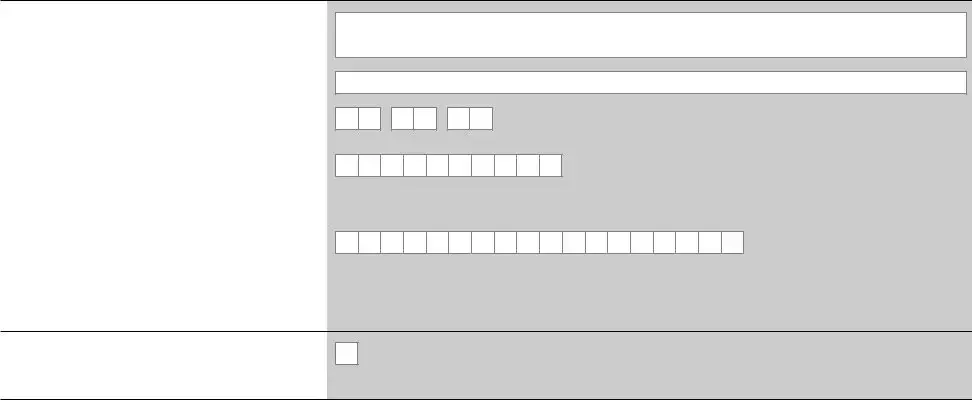Budgeting Loans
from the Social Fund
We have many different ways we can communicate with you
If you would like Braille, British Sign Language, a hearing loop, translations, large print, audio or something else please tell us by phoning 0800 169 0140.
Notes sheet
 Please read these notes carefully. They explain the circumstances when a budgeting loan can be paid.
Please read these notes carefully. They explain the circumstances when a budgeting loan can be paid.
Budgeting Loans
You may be able to get a Budgeting Loan if:
•you have been getting Income Support, income-based Jobseeker’s Allowance, income-related Employment and Support Allowance, Pension Credit or payment on account of one of these benefits or entitlements for at least 26 weeks on the date we process your application
and
•you need help:
–to buy furniture or household equipment
–to buy clothing and footwear
–to pay rent in advance and/or removal expenses to secure fresh accommodation
–to pay for home improvements, maintenance or security
–with travelling, maternity and funeral expenses
–to pay for things to help you look for or start work
–to repay hire purchase (HP) or other debts that have been taken out
We cannot help with any other types of items or services.
Budgeting Loans have to be paid back but they are interest free.
SF500 10/19
Please turn over for more information ▶
Part 1: About you and your partner continued
Mobile phone number, if you have one
Email address, if you have one
Address where you live now
Please tell us your current address, and your partner’s current address, if it is different.
Are you or your partner involved in a trade dispute? We use trade dispute to mean a strike, walk-out, lock-out or any other dispute about work.
You
Postcode
No
Yes 

Your partner
Postcode
No
Yes 

Part 2: About your children or qualifying young persons
•We use child to mean a person aged under 16 who you are getting Child Benefit for.
•We use qualifying young person to mean a person aged 16, 17, 18 or 19 who you are getting Child Benefit for.
How many children or qualifying young persons are in your household?
Are you getting Child Tax Credit for your children or qualifying young persons?
Are you getting Child Benefit for your children or qualifying young persons?
No
Yes 
 How much do you get a week?
How much do you get a week?
No
Yes 
 How much do you get a week?
How much do you get a week?
Part 4: About benefits and entitlements
Are you or your partner currently getting Income Support, income-based Jobseeker’s Allowance, income-related Employment and Support Allowance, Pension Credit or payment on account of one of these benefits or entitlements?
Go to Part 8.
Tell us which benefits or entitlements you are getting.
Income Support
Jobseeker’s Allowance (income-based)
Employment and Support Allowance (income related)
Pension Credit
Has a partner or an ex-partner received:
•Income Support
•income-based Jobseeker’s Allowance
•income-related Employment and Support Allowance
•Pension Credit, or
•payment on account of one of these benefits or entitlements
for you, in the last 26 weeks?
No
Yes 
 Tell us about this person:
Tell us about this person:
Their name
Date of birth
Their National Insurance (NI) number Date of separation
Their address
Have you made this claim because you have separated from someone?
No |
|
|
|
|
|
|
|
|
|
|
|
|
Yes |
|
Tell us about the person you have separated from: |
|
|
|
|
|
|
|
|
|
|
|
|
|
|
|
Their name |
|
|
|
|
|
|
Date of birth |
|
|
|
|
|
|
|
|
|
|
|
|
|
/ |
/ |
|
|
|
|
|
|
|
|
Part 5: About money you have to pay out
Please tell us about any money that you or your partner have to pay out regularly, but do not include normal living expenses like gas and electric charges or food bills.
Include things like catalogue money, hire purchase, loan payments and fines.
Please answer all the questions for each regular payment. If you do not give us all the information, we will not be able to decide this claim. The following responses will only be used to calculate your repayments if the offer of a loan is made.
Payment 1
Who do you pay the money to?
How much are you paying and how often? How much is owed?
Payment 2
Who do you pay the money to?
How much are you paying and how often? How much is owed?
Payment 3
Who do you pay the money to?
How much are you paying and how often? How much is owed?
Payment 4
Who do you pay the money to?
How much are you paying and how often? How much is owed?

Part 7: How we pay you
If you want to use the account you usually get your benefits paid into, please go straight to part 8
We normally pay your money directly into the same account as we pay your benefit into.
Many banks and building societies will let you collect your money at the Post Office.
We will tell you when your Social Fund payment will be made and how much it will be for.
Finding out how much we have paid into the account
You can check your payments on account statements. The statements may show your National Insurance (NI) number next to any payments we have made. If you think a payment is wrong, get in touch with the office that pays you straight away.
If we pay you too much money
If we pay you too much money we have the right to take back any money we pay that you are not entitled to. This may be because of the way the system works for payments into an account.
For example, you may give us some information which means you are entitled to less money. Sometimes we may not be able to change the amount we have already paid you. This means we will have paid you money that you are not entitled to.
We will contact you before we take back any money.
What to do now
•Go to Part 8, unless you want us to pay your Social Fund payment into a different account to the one we pay your benefit into.
•If you want us to pay your Social Fund payment into a different account, tell us about this on the next page. By giving us these account details you:
–agree that we will pay you into this account, and
–understand what we have told you above in the section If we pay you too much money
•If you are going to open an account, please tell us your account details as soon as you get them.
•If you do not have an account, and do not intend to open one, please tick this box and we will contact you.
Fill in the rest of this form. You do not have to wait until you have opened an account or contacted us.
Part 7: How we pay you continued
If you want to use a different account, please tell us about the account you want to use for this payment
•You can use an account in your name, or a joint account.
•You can use someone else’s account if:
–the terms and conditions of their account allow this
–they agree to let you use their account, and
–you are sure they will use your money in the way you tell them.
•You can use a credit union account. You must tell us the credit union’s account details. Your credit union will be able to help you with this.
•If you are an appointee or a legal representative acting on behalf of the claimant, the account should be in your name only.
Please tell us your account details below.
It is very important you fill in all the boxes correctly, including the building society roll or reference number, if you have one. If you tell us the wrong account details your payment may be delayed or you may lose money.
You can find the account details on your chequebook or bank statements. If you do not know the account details, ask the bank or building society.
Name of the account holder
Please write the name of the account holder exactly as it is shown on the chequebook or statement.
Full name of bank or building society
Sort code
Please tell us all 6 numbers, for example: 12-34-56.
Account number
Most account numbers are 8 numbers long. If your account number has fewer than 10 numbers, please fill in the numbers from the left.
Building society roll or reference number
If you are using a building society account you may need to tell us a roll or reference number. This may be made up of letters and numbers, and may be up to 18 characters long. If you are not sure if the account has a roll or reference number, ask the building society.
You may get other benefits and entitlements we do not pay into an account. If you want us to pay them into the above account, please tick this box.


 Please read these notes carefully. They explain the circumstances when a budgeting loan can be paid.
Please read these notes carefully. They explain the circumstances when a budgeting loan can be paid.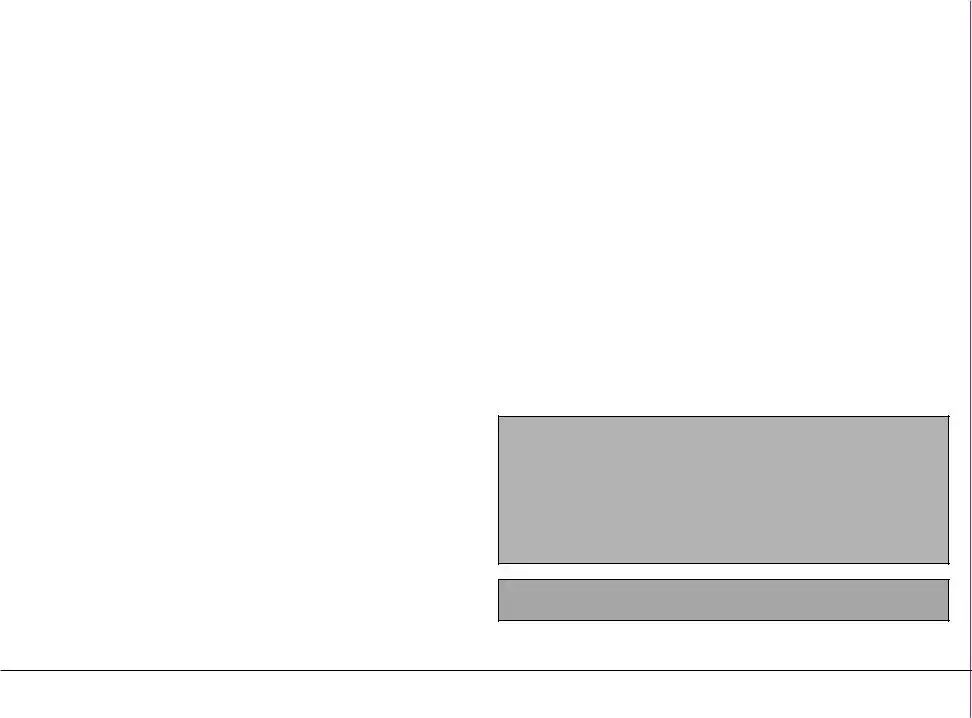

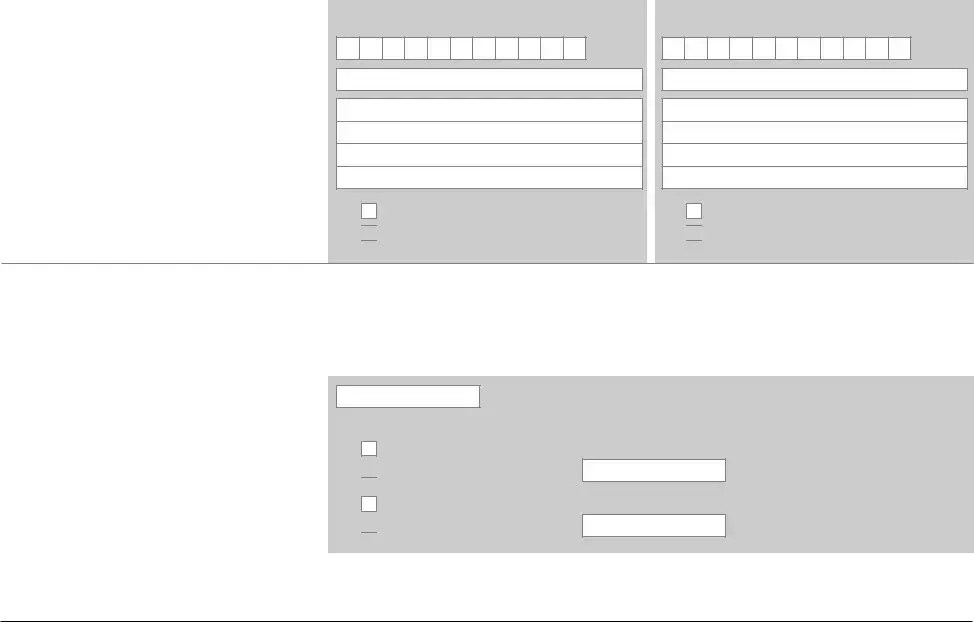





 How much do you get a week?
How much do you get a week?
 How much do you get a week?
How much do you get a week?
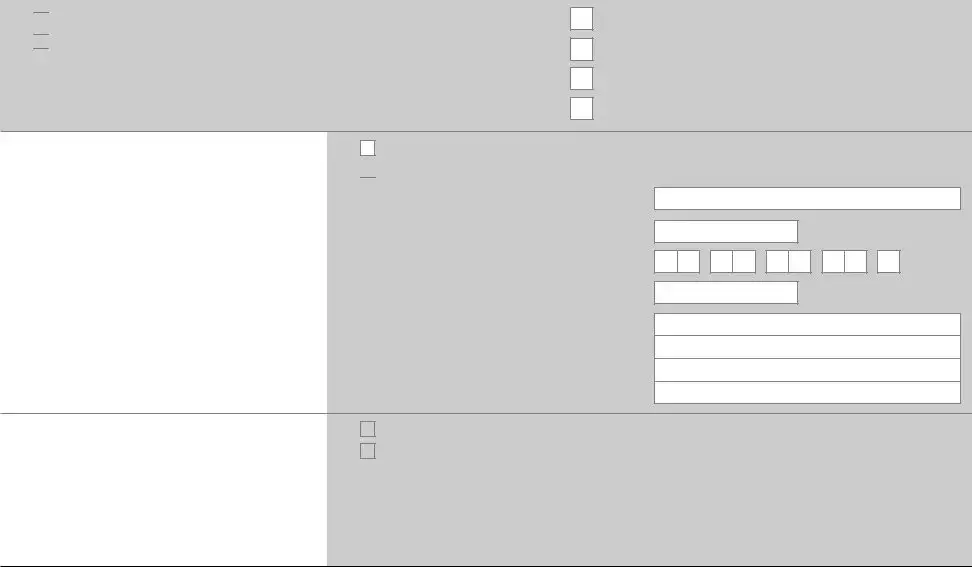
 Yes
Yes 


 Tell us about this person:
Tell us about this person: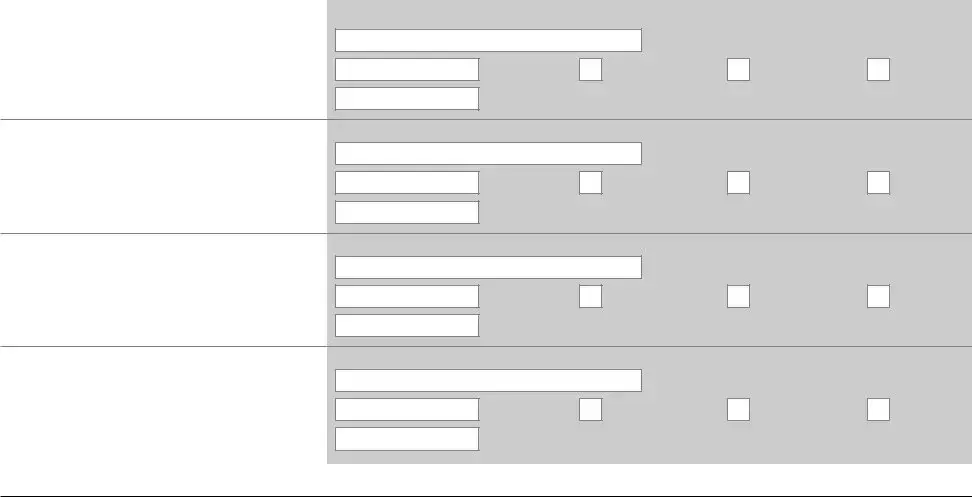
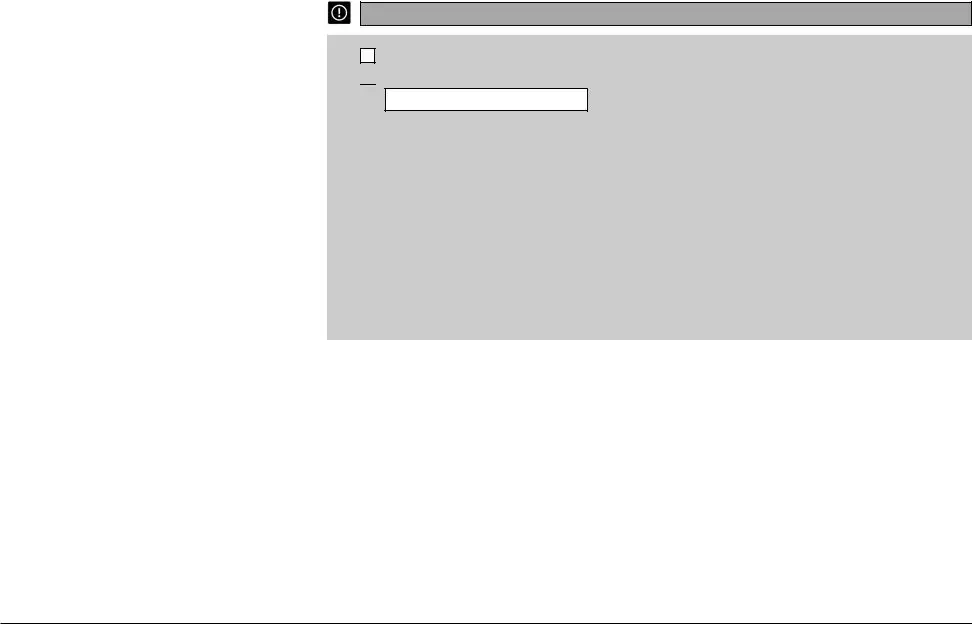

 How much savings do you have?
How much savings do you have?
